Table of Contents
Types of Windows
Different forms of windows are used in buildings to let light in and allow for views outside. When deciding on Windows, there are numerous criteria to take into account.
A window is an opening in a wall that has a ventilated barrier installed so that light and air may enter the building and people can look out. The building’s aesthetic value is boosted by the windows as well.
Criteria for Choosing the Best Window Styles
When selecting new windows, it’s crucial to keep in mind the following factors:
Room Location
Larger windows, such as corner windows, bay windows, and sliding windows, are a fantastic choice if your room has a nice view or is situated at an angle that lets in lots of light.
It’s important to keep the limited square footage of a room in mind while discussing inward-opening windows. Consider installing pivot and awning windows or sliding door windows if your space is limited.
Wind Direction
It’s important to keep all of your home’s vents open so that fresh air can circulate freely. To maximize the benefits of your window, you should locate the direction of wind flow and install it facing that direction. The sun can’t penetrate the structure as much through the south-facing windows.
Weather patterns
Windows should not be facing the sun if you live in a hot climate with strong sunshine. Instead, think about how to keep the house cool while selecting window types and placements. The same is true for areas that regularly experience severe monsoons. Pivot windows allow for air circulation and protection from rain.
The Practicality of the Space:
Different kinds of windows are better suited to different rooms. Larger windows are a great way to take in the scenery from bedrooms and communal areas. However, rooms like the toilet and kitchen don’t need nearly as many windows. Functional windows that help with ventilation are preferable to fix or picture windows in these settings.
Architectural perspective
Picking windows that don’t go with the rest of the decor is not a good idea. To achieve the look of an industrial setting, glass, and metal frames are essential. Wooden-framed windows, however, are a fantastic choice for a more traditional aesthetic.
Given these considerations, we can choose an appropriate window for our buildings.
Types of Windows Used In Building
Windows can be used for a wide range of functions and come in a vast range of shapes, sizes, and materials. The many varieties of windows include:
- Bay Windows
- Casement Windows
- Clerestory Windows
- Corner Windows
- Dormer Windows
- Double-hung Windows
- Fixed Windows
- Gable Windows
- Lantern Windows
- Louvered Windows
- Metal Windows
- Pivoted Windows
- Sash Windows
- Skylights
- Sliding Windows
- Ventilators
Bay Windows
Bay windows, which are protruded from the wall, allow additional ventilation and light by increasing the opening’s surface area. Bay windows have a variety of shapes for their projections. The shape might be anything from a triangle to a rectangle to a polygon. They make the building look really elegant.
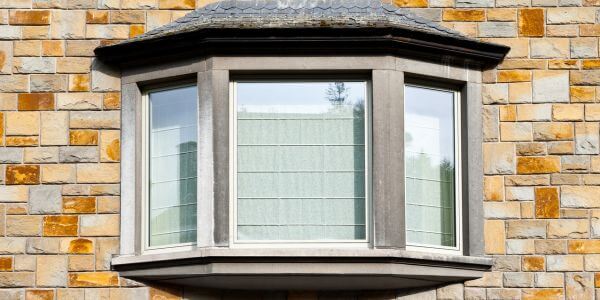
Casement Windows
Today, casement windows are more common than any other style of window. The shutters operate similarly to door shutters in that they are attached to the frame and may be opened and closed.
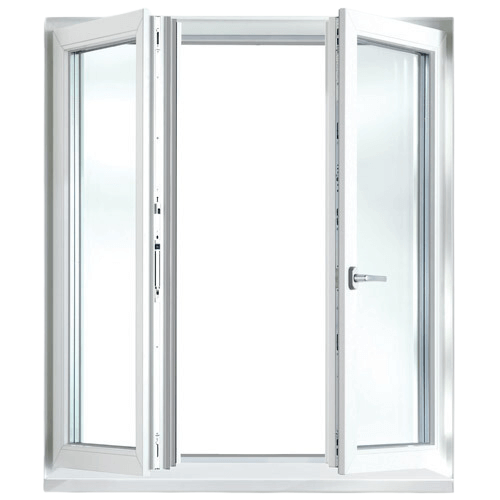
The rebates are given to the frame so that it can install the shutters. Shutters can have one or several panels. Wire mesh is sometimes used to prevent the entry of insects such as flies.
Clerestory Windows
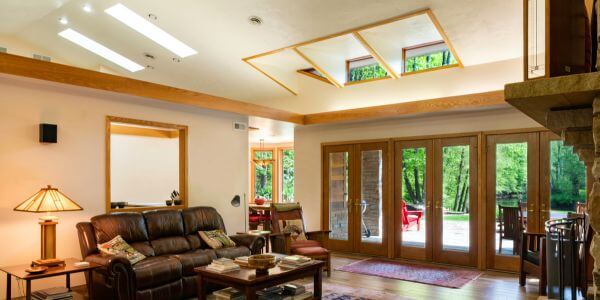
Clerestory windows are installed in the uppermost room of a structure if the ceilings of the lower rooms are lower. Shutters can be swung open and closed using cords and pulleys. These also contribute to the aesthetic value of structures.
Corner Windows
Corner windows, as the name implies, are located in the four walls of a room’s four quadrants. This signifies that there are two parallel sides to a corner window. This window design allows for ventilation or lighting to enter a room from two sides.
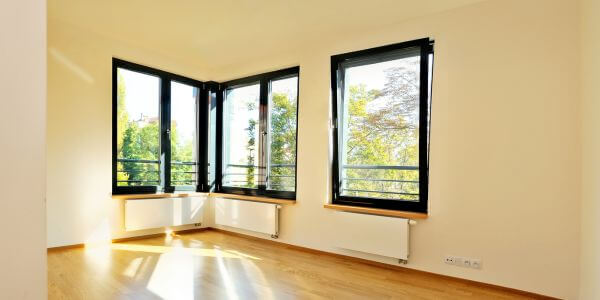
A specialized lintel is installed in the wall to allow for this kind of window. The addition of corner windows will improve the building’s visual appeal.
Dormer Windows
For roofs with a steep pitch, dormer windows can be installed. These are projected from the inclined surface, as seen in the diagram below.
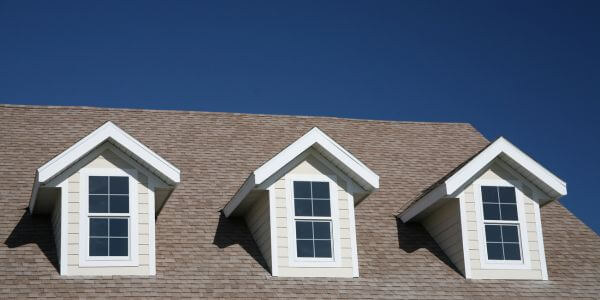
They not only let air in but also shine a light on the room. They improve the visual appeal of space as well.
Double-Hung Windows
The shutters on a double-hung window are linked to the frame in pairs. Each set of shutters is stacked over the other. Both of these shutters are vertically movable within the casing. That way, depending on our needs, we may adjust how much the upper and lower windows open.
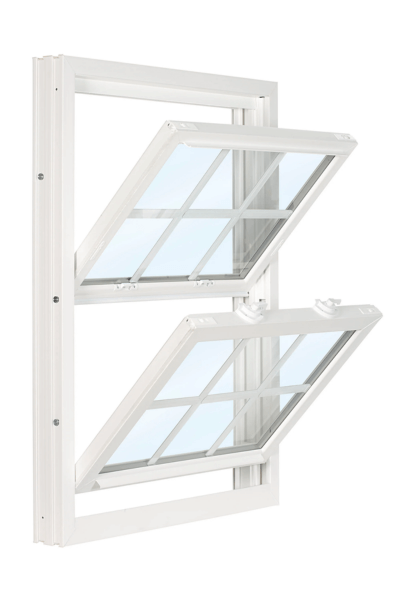
A cable or chain with metal weights attached slides over pulleys, allowing you to open and close the double-hung windows. To raise or lower the shutters vertically, simply pull the heavy cord. Then we can set the windows where they need to be for airflow, light, etc.
Fixed Window
A fixed window, as the name suggests, cannot be opened or closed. Typically, they are set up to let in more natural light.
Shutters with panes of glass are permanently attached to the casing. All weather conditions are handled by the available shutters.
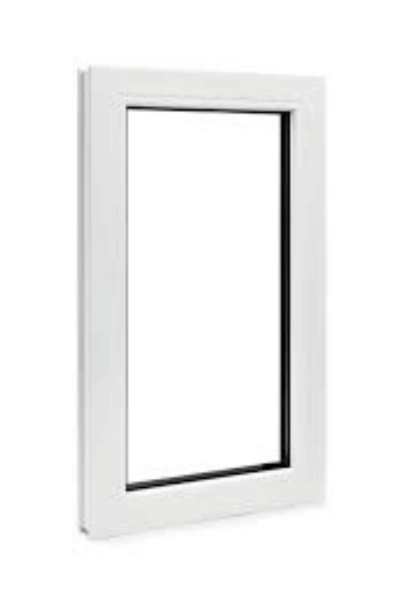
Gable Windows
Slope-roof structures have gable windows installed. Gable windows get their name because they are typically installed at the sloping roof’s gable end. They also enhance the visual appeal of structures.
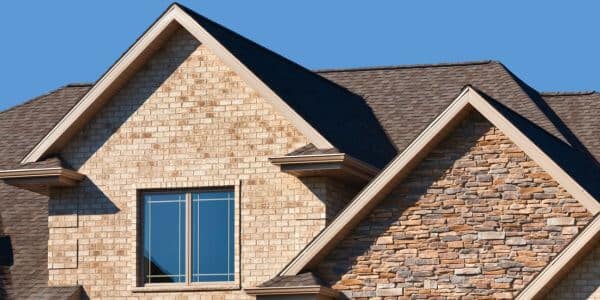
Lantern Windows
Over the flat roofs, there are openings made for lanterns. The major function of this window is to let in more natural light and fresh air to the interior spaces.They typically extend from the roof’s surface, allowing us to seal off the roof as needed.
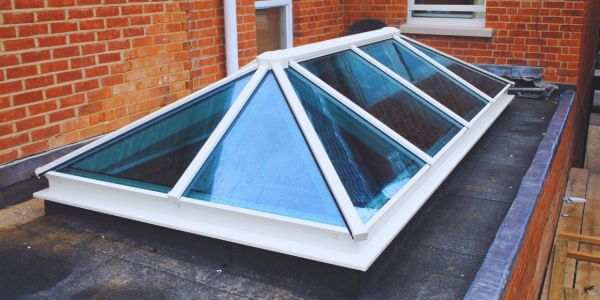
Louvered Window
Louvered windows, like louvered doors, allow air to circulate while blocking the view outside. Wood, glass, or metal can all be used to make the louvers. Alternatively, a cord over pulleys can beDouble-Hungld the louvers. By angling and raising the string, we can keep the louvers at their desired angle.

Louvers should be tilted at an angle of roughly 45 degrees. The rainfall is directed away from the building thanks to the louvers’ downward, outward slope. They are typically supplied in areas requiring secrecy, such as restrooms.
Metal Windows
Metal windows, often mild steel, are the norm. These are a lot more robust and don’t cost very much. Therefore, they are installed in a wide range of commercial and domestic structures.
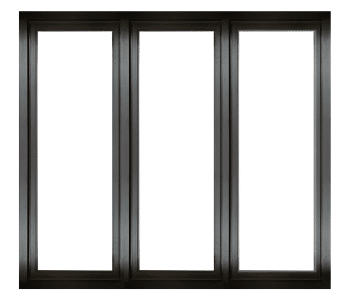
Metals like stainless steel, bronze, aluminium, etc., can also be used to make windows. However, the price is much more than that of mild steel windows. Metal shutters are available to offer sturdy support for the panels of standard casement windows as well.
Pivoted Windows
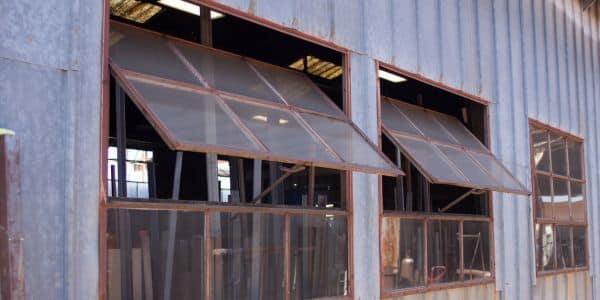
The frames of these windows can be opened and closed on pivots. A shutter’s ability to sway is made possible by a shaft called a pivot. For the frame, rebates are unnecessary. Depending on where you put the pivots, the swinging might go horizontally or vertically.
Sash Windows
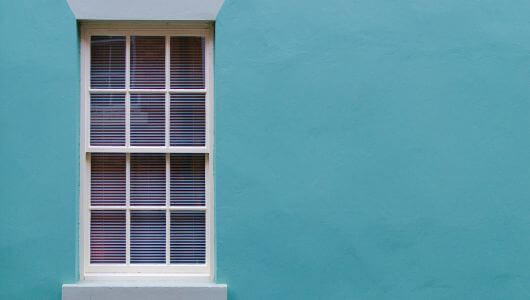
Sash windows are a sort of casement window in which the panes of glass move vertically rather than horizontally. It has a top rail, a bottom rail, and a middle rail. Sash bars, also known as glazing bars, are little wooden pieces that divide the area between the rails into individual panes.
Skylights
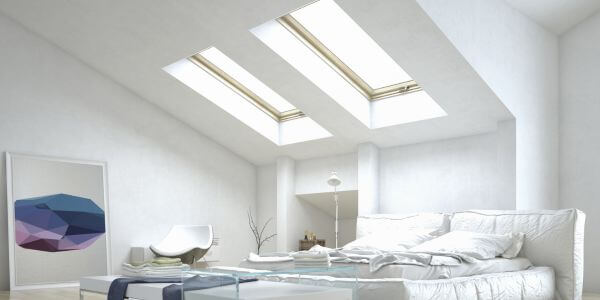
Slanted roofs typically have skylights installed at their peak. Natural light is brought into the building via skylights. It’s laid out for you perpendicular to the slope. When necessary, skylights can be opened. The framework has lead gutters installed to keep the elements at bay.
Sliding Windows
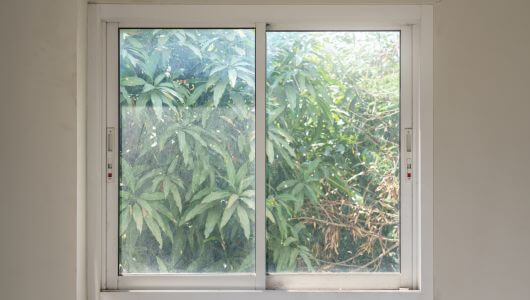
Here, the shutters are mounted on a moveable frame. Depending on our needs, the motion could be horizontal or vertical. Roller bearings allow shutters to be opened and closed easily. This sort of glass is commonly found in places like stores, banks, and transportation vehicles.
Ventilators
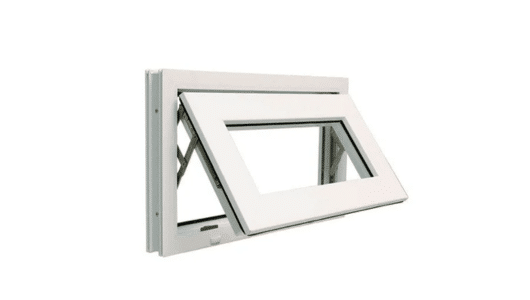
The rooms are ventilated with the help of the offered fans. These windows are installed higher up than those found closer to the roof. It’s a tiny thing. Ventilators have shutters that can be swung horizontally to block off the light. In cases when wire mesh is used instead of shutters, a parasol is installed to keep out the rain.
FAQs
What are the different types of windows?
Some common window styles in India include those that are either fixed or slide open, as well as bay windows, casement windows, and metal windows.
Which Type of Window is Most popular?
In India, most houses have casement windows.
Which is the best type of window for a home?
Because of their effortless operation, casement windows are the top choice for every home.
Which Style of Window is Most Energy Efficient?
Energy efficiency improves with the installation of fixed or hinged windows.
Also, Read
uPVC Windows Vs Aluminium Windows Vs Wooden Windows
Standard Room Sizes & Their Location In Residential Building
8 Types of Stairs, Flight of Stairs
How to Make Your Outdoor Space Cozy and Inviting?